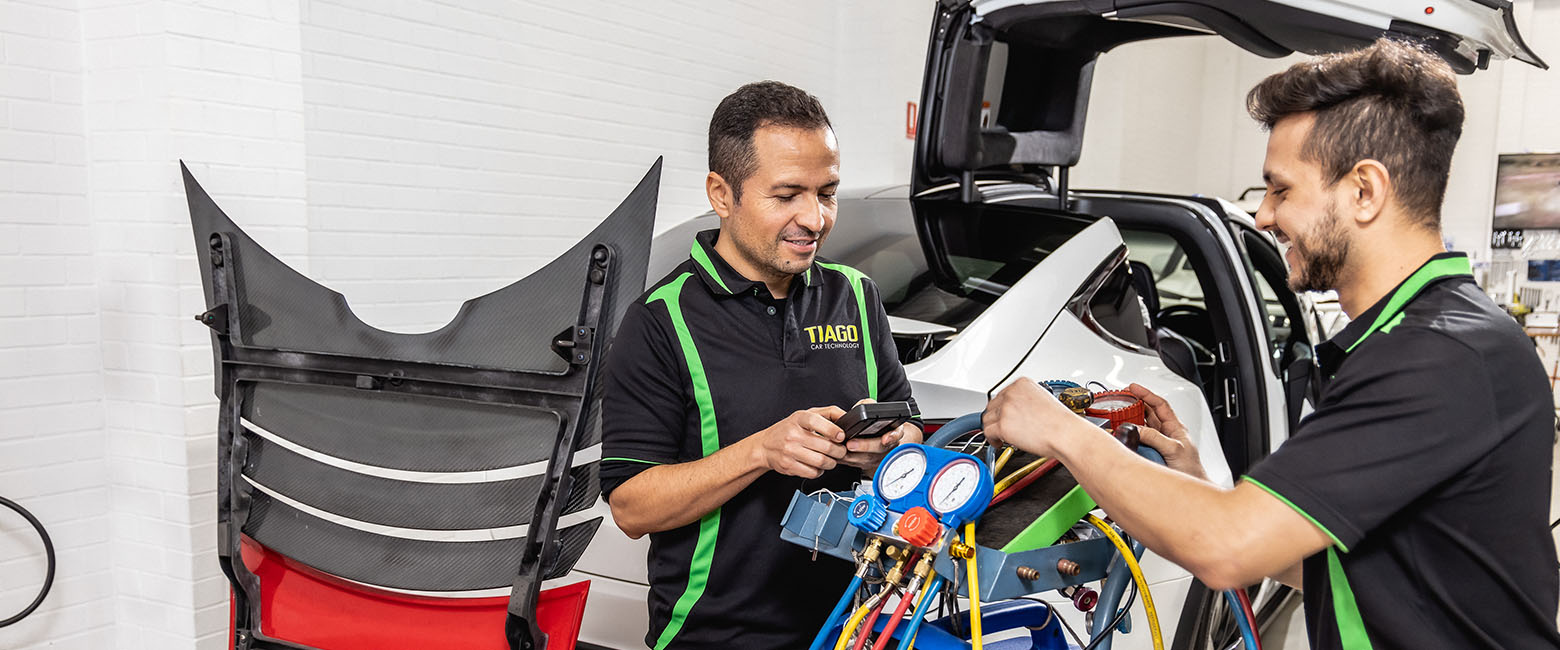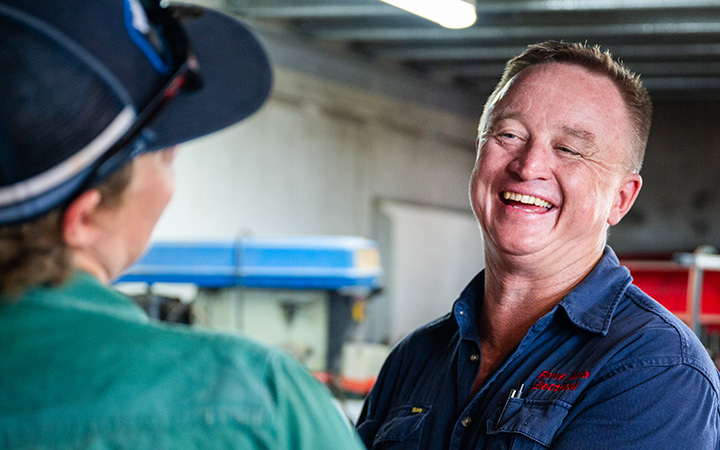Whether we like it or not (and many don’t) and whether we’re ready for it or not (and most of us aren’t), our industry is on the verge of a permanent change, led by the switch to electric vehicles (EV).
EVs are going to forever alter the way our workshops look, the equipment we need to operate, and the training our people need to do their jobs.
According to a recent major analysis of the automotive aftermarket for light vehicles by McKinsey, electric vehicles will make up between 18 and 26 per cent of the global car parc by 2030. I acknowledge it’s easy to dismiss that figure. After all, we’re probably talking about less than a quarter of the market, we’re talking eight years away, and it’s a global figure when Australia (in particular) is moving at a snail’s pace on electric vehicle adoption. But it’s the indicators from the car manufacturers that matter. They’re providing the pipeline of vehicles that will eventually emerge onto the aftermarket, and they’re all-in on electric.
It’s going to take a new generation of workshops to service this new generation of cars. Earlier this year less than 20 per cent of Members told State of the Nation they either were, or would be, ready to service EVs. While only one in four Members said EVs were a challenge for this industry, that’s up on last year, so there is clear evidence of a growing anxiety about the potential for EVs to disrupt our business models. If you’re looking at the horizon and you’re worried, and you’re not doing anything about it, then you’re right to worry. EVs are a game changer. As McKinsey points out, “electrification means a whole new suite of car components, requiring technical competencies and capabilities. At the same time, some conventional parts will become increasingly marginal and ultimately vanish. EVs have fewer moving parts, less wear and tear and, thus, significantly lower maintenance costs.”
But there’s still plenty of opportunity for workshops to make money servicing the vehicles of the future. EVs will still need tyres, suspension systems and wiper blades, but the next generation of workshops will need less motor oil and fewer spare clutches, transmissions and exhausts, and more expertise with HV and LV batteries. The services we charge for, what we charge and the way we charge might all have to change—just as the equipment and training we need to do our jobs will change.
It might all still seem a long way off, but as business owners we need to have one eye on the horizon now, to make sure we make the right investments for the future. If we don’t we’ll be left playing catch-up with our competitors who have embraced the challenge of becoming a next-generation workshop.
You can find out more from the McKinsey & Co Making every part count report by visiting mckinsey.com
Yours in cooperation,
David Fraser
Capricorn Group CEO


